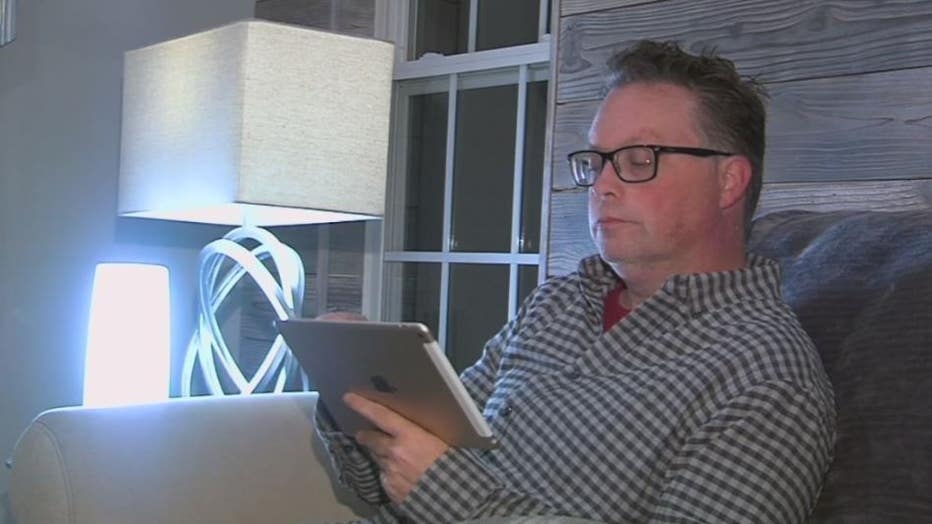Seasonal Affective Disorder is a challenge, but there are ways to overcome it

Season Affective Disorder can be tough - but there is a way to overcome it
January is an unpopular month, holiday celebrations are over, bills are due, and while your bank account might be lighter, the number on the scale might be heavier.
FOX 2 - January is an unpopular month, holiday celebrations are over, bills are due, and while your bank account might be lighter, the number on the scale might be heavier.
Then of course, there's the weather. Lots of darkness, short days, limited sunshine, really cold temperatures - it can all add up to Seasonal Affective Disorder.
"The weather's changing, it's dark and cloudy. there might be a lot of rain. depending on where you live, there may also be snow. We're getting less sunlight," said Kia Rai Prewitt.
People having sleep issues, depressed adults, dark skies, light therapy box.
Prewitt a Cleveland clinic psychologist, says Seasonal Affective Disorder symptoms include things like feelings of sadness, lack of energy and difficulty sleeping.
Although anyone can experience Seasonal Affective Disorder, it’s more common among younger adults, Doctor Prewitt says people with clinical depression may also be at a higher risk.
Those struggling may find some relief with light therapy, which involves using a special lamp to mimic outdoor light.
And while we may want to hunker down and wrap ourselves in a blanket on the couch, the doctor says force yourself to move more and socialize.
"Sometimes it takes forcing yourself to do something enjoyable even when you don't feel like it. it’s kind of like exercise," she said. "We know exercise is good for us, but for a lot of people, the struggle is like getting to that point to do the exercise.
"But once you do it, you feel good, right? And so, it might be doing some things anyway even if it takes a little bit more effort."


